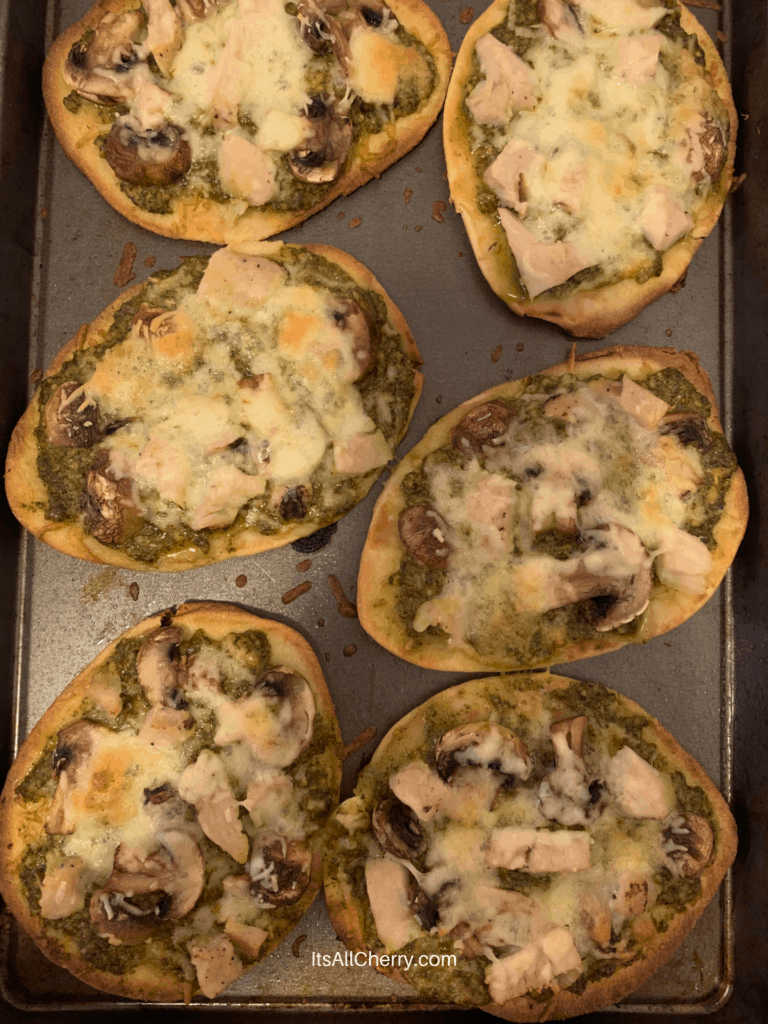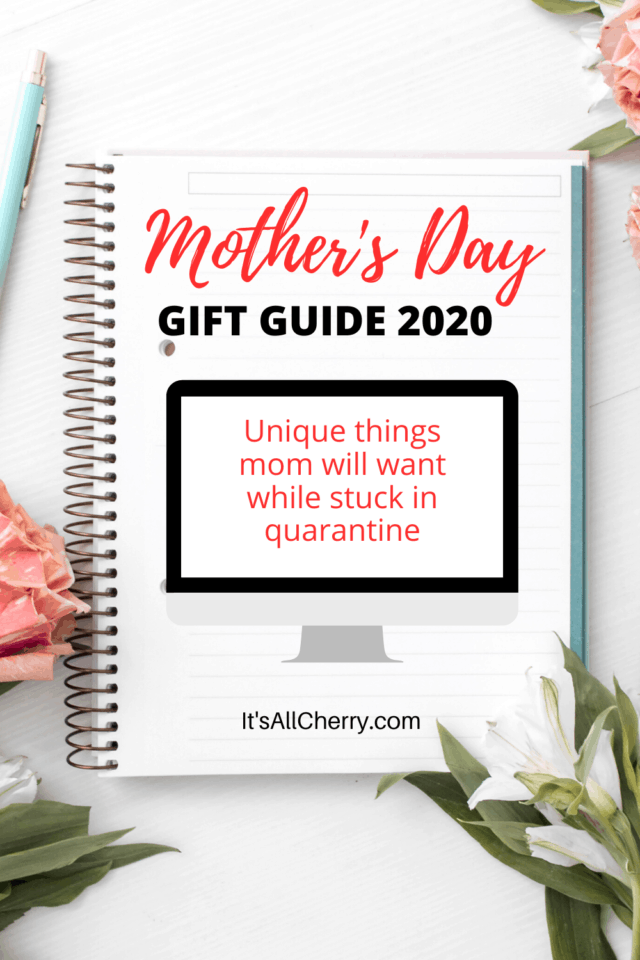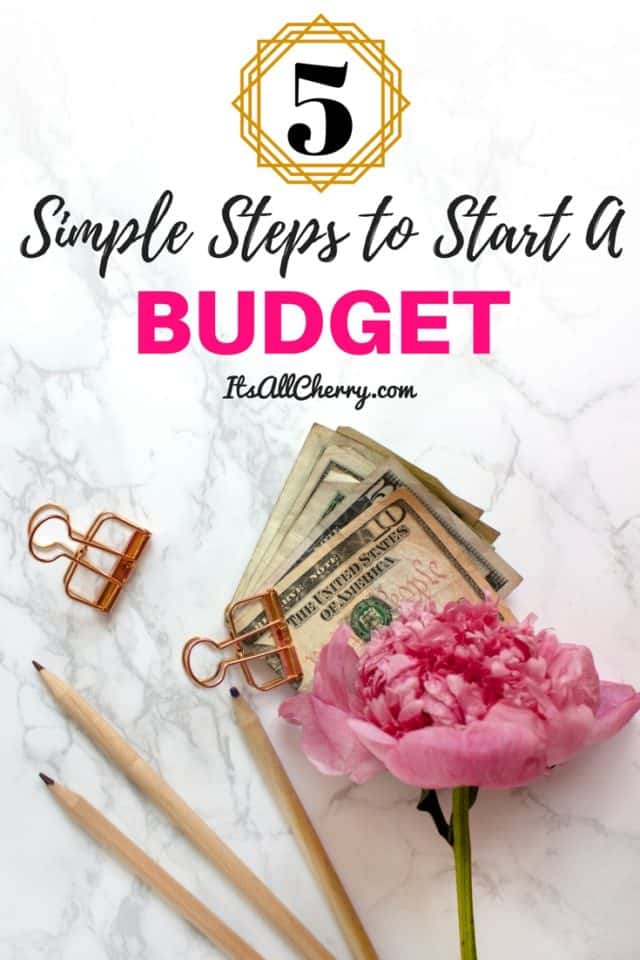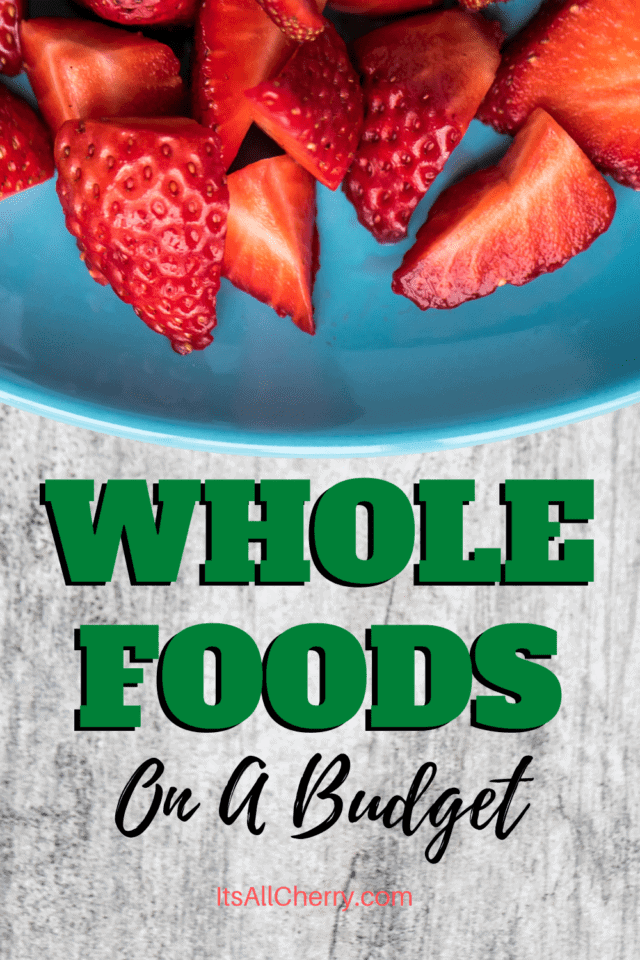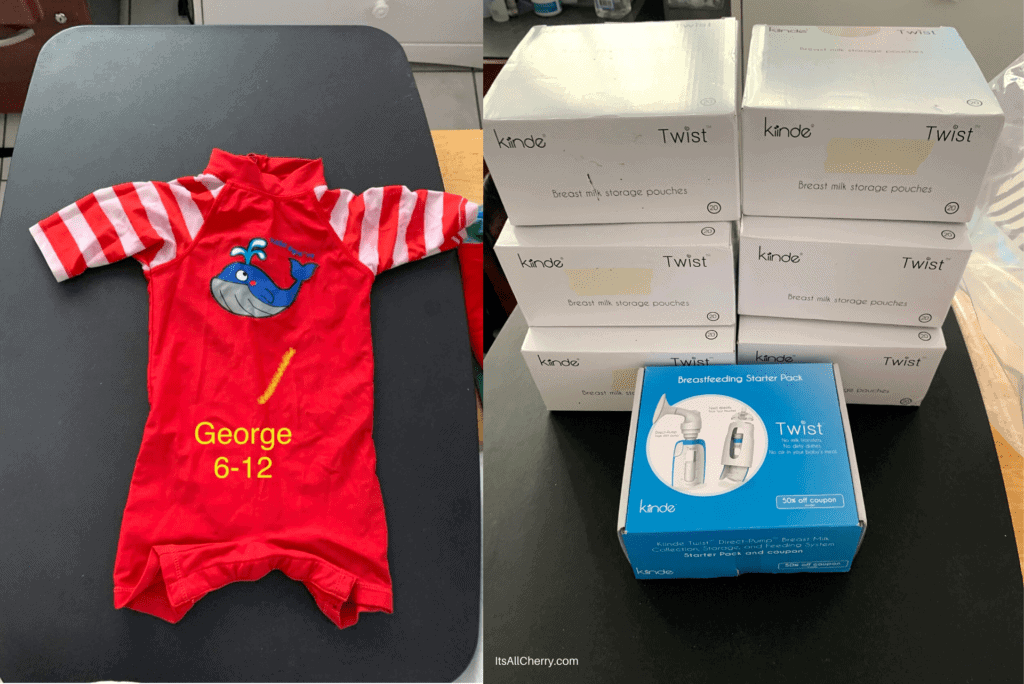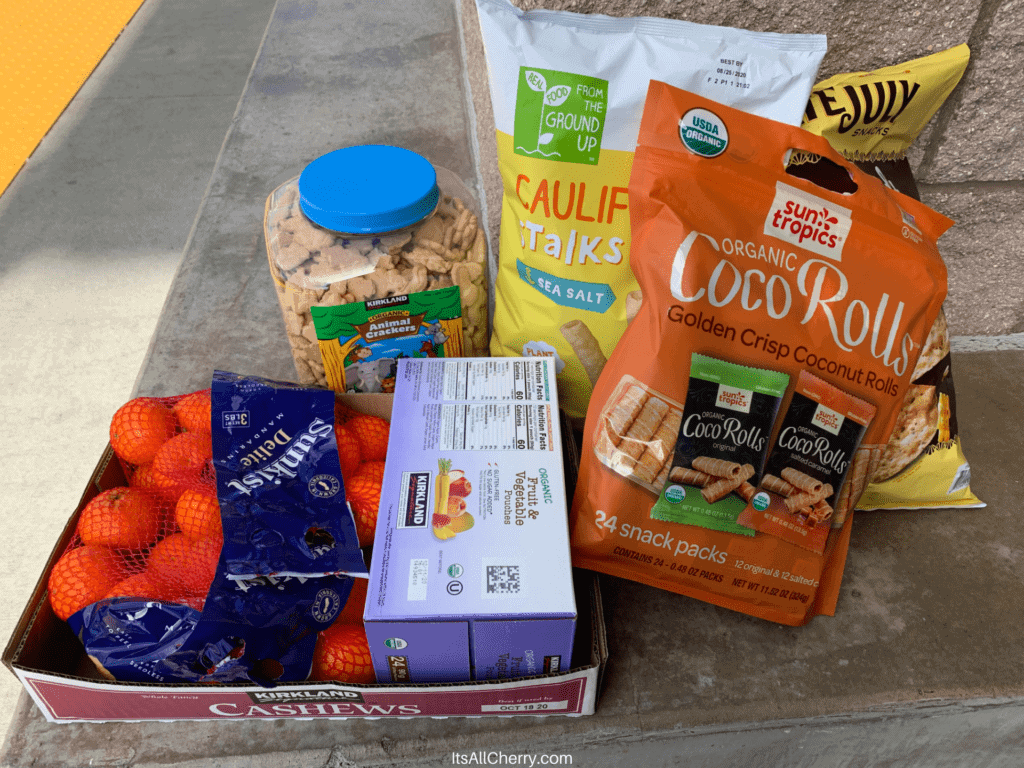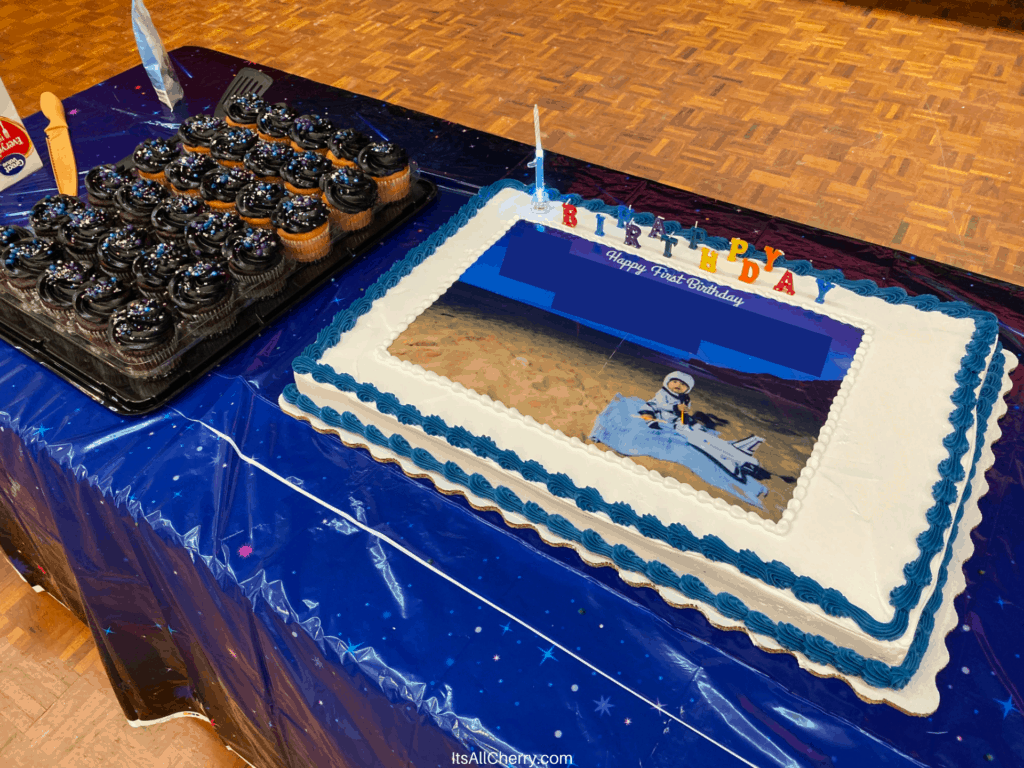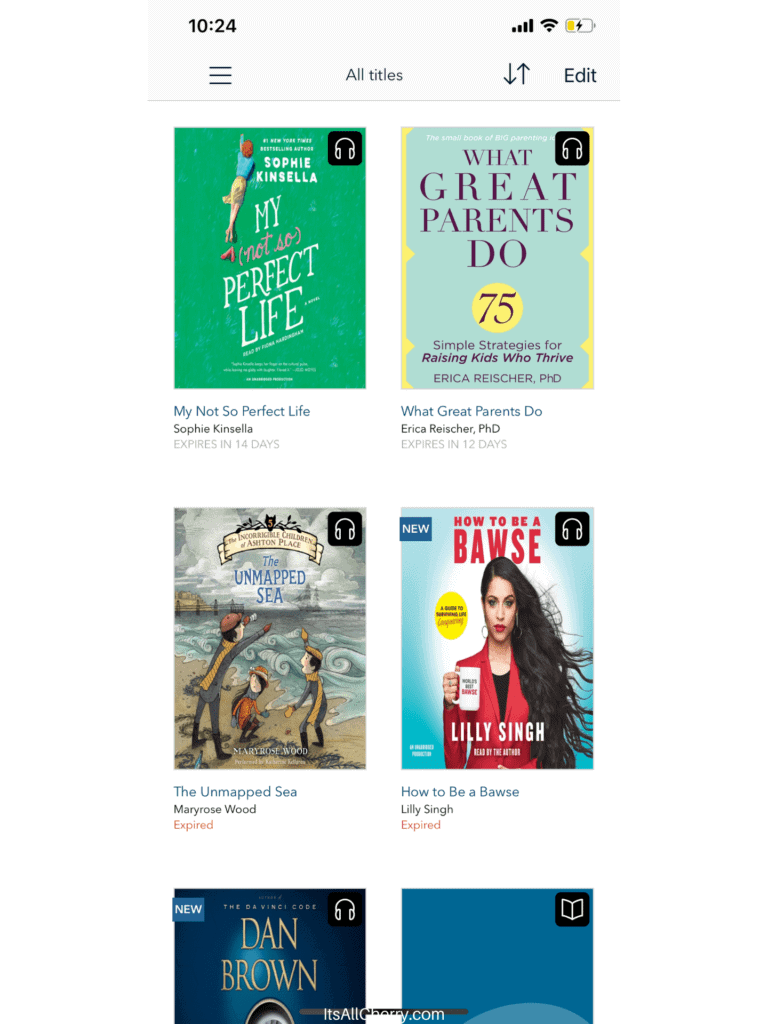Filipinos are naturally frugal. Being frugal has such a negative connotation but it’s actually a smart and practical lifestyle. It helps us save money to put towards things like paying down debt, supporting our families, and saving for our future or goals.
Nowadays, the high cost of living is forcing many people to rethink their current spending habits. You may have found this article because you’re trying to find ways to save money too.
Frugality doesn’t have to be extreme or crazy. It doesn’t have to be hard or painful. Most of the hacks I’ll describe below are also eco-friendly. By making these small changes, you can make a big impact on your wallet and on the environment.
1. Stock Up on Sales
I am not sure if this is a Filipino thing, an Asian thing, or we just like sales but, whenever things are on sale, we stock up. If there’s no expiration date or it is years away, why not stock up when prices are lower?
It doesn’t take me long to peruse weekly ads to find good deals and save money on groceries. I like to stock up on meat at Whole Foods because they’re animal welfare certified and organic. I also buy in bulk at Sam’s Club and Costco especially when things like diapers, baby wipes, and rice are on sale.
The trick is to bulk buy things you use on a regular basis. Don’t buy ten cans of olives if you don’t use it. It’s going to go to waste and you’ll be throwing away money that you may have saved from these sales.
Also, use an app like Ibotta to save even more money by getting cashback on your purchases.
2. Homemade Meals
Filipinos are great cooks and many of us learn to cook at a young age. If you haven’t learned to cook, it’s a good time to start now. You could try a meal kit delivery service like Blue Apron to help you get comfortable in the kitchen first before expanding to your favorite dishes on your own.
When cooking, it’s important to make large batches of food so you can have several meals throughout the week. Set aside a couple hours on Sunday to meal prep for the week.
You can also use my FREE Mix and Match Meal Planner to help you figure out your weekly meals based on what you have in your fridge or pantry. Download it below.
Cooking at home will save you a lot of money that you can put towards your goals. You’ll also eat healthier since you are the one making decisions about what you want to eat versus being limited or tempted by unhealthy restaurant options near or at your work.
In addition, it helps the environment because you’ll reduce the amount of disposable utensils and paper products you use whenever you eat out.
3. Embrace Leftovers
According to the U.S. Food and Drug Administration, Americans threw away 133 billion pounds and $161 billion worth of food in 2010. Imagine how much more we are throwing away today. This is probably why Filipinos love leftovers. We don’t like to see money and food go to waste.
We like to make big batches of food at home to eat leftovers for days and we like to take home our leftover food from restaurants when we go out to eat. You’ll also never go hungry when you’re invited to a Filipino party or dinner because there will usually be extra food for you to take home.
Eating leftovers keeps more money in your pocket but it’s also good for the environment because you reduce food waste. Just make sure to practice proper food safety when handling leftovers so you don’t get yourself or others sick.
4. Grow Your Own Food
Many immigrant families in Hawaii grow food in their backyard. University of Hawaii at Manoa researchers were even surprised to find that a third of the places they surveyed had urban gardens. Growing our own food is one way we save money on groceries.
According to an article by The Penny Hoarder, a small garden can provide a family $600 worth of fresh groceries. The trick is to grow things that you eat on a regular basis and that costs a lot of money at the grocery store.
One of the small plants that my husband and son have been growing for these past few months are cherry tomatoes. One plant cost $5 at Home Depot while one container of picked cherry tomatoes cost ~$5 at Target. When grown correctly, the plant will continue to yield tomatoes for many years to come saving you money.
If you’re a beginner, get this Garden Outside of the Box subscription. You’ll learn how to garden organic, non-GMO vegetables and herbs and you don’t even need a yard to do this.
For a simpler option, try growing small herbs like basil, mint, and cilantro with the Back to the Roots Herb Kit. You can easily grow this on a windowsill.
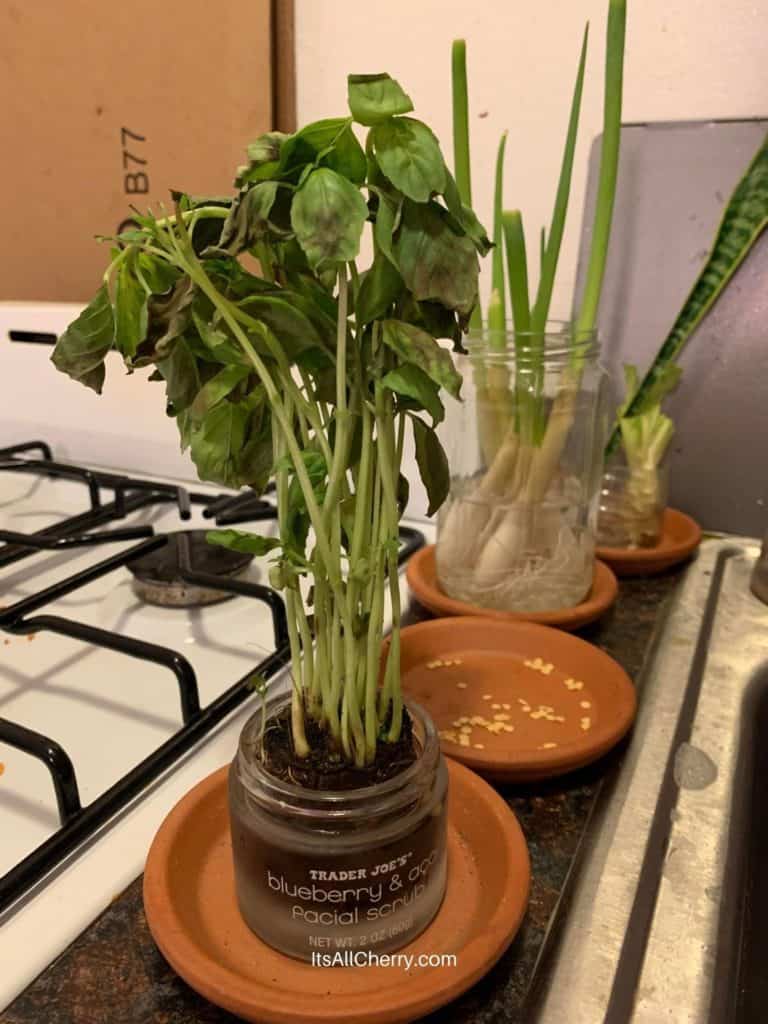
5. Reuse Containers
Filipinos are known for keeping and reusing containers for ice cream, cookies, butter, and pasta sauce. The comedian Jo Koy even featured this in one of his youtube videos below:
This practice drives our family members crazy sometimes especially when you think you’re opening a container of cookies but you find sewing supplies. However, this is a practical and eco-friendly storage solution. Most importantly, it’s free!
Like Jokoy, I use a cookie container for our sewing supplies and Daisy sour cream containers for my homemade guacamole. I also have Talenti gelato containers that are several years old because they’re great for on the go smoothies or homemade ice cream.
However, my favorite containers are those from California Pizza Kitchen (CPK). They look like the meal prep containers that we bought several years ago and they’re microwavable!
If you look closely at a container, you can even find that some containers are dishwasher safe, freezer safe, and microwavable.
We really have a hard time throwing things away because they might be useful someday. Raise your hand if you’re like me!
The trick to keep from hoarding all of these containers is to give them away! When I have extra food to share with my friends, I use these containers.
Sure, it’s weird to see curry in a container of butter but at least I don’t have to worry about them returning the container. It’s up to them if they want to keep it or throw it away. At least it was used one more time before going in the trash.
One other hack is to keep large liter soda bottles and milk gallons for used cooking oil. Once the used cooking oil has fully cooled, pour it into the bottle.
As soon as the bottle is full, you can dispose of it in the trash. This keeps you from clogging your pipes with used oil and from harming the sewage system.
6. Reuse plastic bags
Filipinos are also good about reusing plastic bags. Our family uses reusable grocery bags when shopping but when we get plastic bags from takeout or other sources, we keep these.
These plastic bags are used for smaller trash cans like those in the bathroom or for our wet clothes when we go to the beach. It can even be used to carry the food mentioned above!
I even kept gift bags from my baby shower and birthdays to give away used clothing and baby supplies that my son outgrew. We try to reuse these different bags at least one more time before throwing it away.
7. Save Takeout Utensils and Condiments
When ordering takeout or drive through, we often end up with extra utensils and condiments. I try not to get more than I need to reduce plastic waste. However, even if we didn’t ask for them, restaurants tend to pack them in our to-go bags.
Instead of throwing them away, I usually keep these. I leave takeout utensils and napkins at work and in our car in case we need them while eating on the go.
I keep condiment packets like ketchup and soy sauce at work or pack them with my lunch. They’re even useful in a pinch when you run out and can’t go to the store.
We keep a small bowl on top of the microwave for these utensils and condiments so we make sure to use it up and not let it go to waste.
8. Lengthen the Life of Household Products
When we’re at the last few drops of a product, we usually add some water to extend its use. We usually do this for dish soap, laundry soap, facewash, body wash, shampoo, and conditioner.
Add a few tablespoons of water in the container, shake it, then use the product as you normally do. Do not add too much water that you fully dilute the product. You just want to add enough that you can use up whatever’s left in the container.
I also add some water to pasta containers or canned sauces to get those last few bits that you can’t easily get with a spoon. If the container can’t be covered, such as an open can, I use a spatula to whisk the water and sauce inside the can so I can the sauce in the little corners.
For things like lotion or toothpaste where you can’t add water, I usually use scissors to cut it open so I can reach in and get whatever’s left in the container. You won’t believe how much lotion is left in a container that the pump can’t reach.
9. DIY
The last Filipino hack that I have for you to save money is to DIY as much as possible. Learn how to cook, grow your old food, change the oil in your car, sew, craft, and fix household items and applicants.
You’ll save money when you don’t have to pay others to fix these for you and you’ll also save money (and the environment) by extending the life of the products you have instead of buying new items.
For example, instead of buying rags to clean your car or kitchen, you can repurpose old shirts by cutting them up into small pieces. You can throw it away once it starts to break down.
To start you off, you sign up for a subscription via CrateJoy to learn to sew, knit or crochet, or even DIY your own skincare products. Once you master the basics, you can expand to DIY-ing your own products at home to save money.
10. Tabo for Cleaning
You can find a tabo in almost every Filipino bathroom. Typically made of plastic, a tabo is basically a large ladle that you use to clean yourself after using the bathroom or when showering. You can also use it to flush the toilet if you do it correctly.
I was surprised to find that Amazon sells tabo online. However, you can find something similar at your local dollar store so I personally wouldn’t pay more than $2 for it. If this is out of your comfort zone, you could always get a bidet that gets the same job done.
A tabo helps to reduce the amount of water you waste when flushing toilets and taking baths. According to the WaterCalculator.org, an average bath uses 35-50 gallons of water while a 10-minute shower with a low-flow showerhead uses only 25 gallons.
There is currently no data for tabo use but it’s pretty easy to calculate. If one tabo equals one liter and you scoop up water 10 times, you’ll still only use up 2.64 gallons when you shower.
Using a tabo also reduces the amount of toilet paper used in a home. These savings can really add up over time for your pocket and for the environment.
11. Hang Wash Clothes
Even if we have dryers, many of us Filipinos prefer to hang dry their clothes as much as possible. It helps clothes last longer and it’s eco-friendly. It’s pretty much summer all year round in Honolulu so our clothes dry within a day or so.
We usually hang out clothes on hangers so it’s easy to put them straight in the closet. For small pieces like underwear, handkerchiefs, and socks, we use a foldable clip hanger. It has 26 clips so it can accommodate a lot of clothes.
If you have a small place, you can even get a simple, foldable drying rack where you can hang delicate pieces that you don’t want to throw in the dryer.
To be even more eco-friendly, we’ve been buying ECOS liquid laundry detergent because it’s biodegradable and safe for baby’s skin but it also removes stains while keeping our clothes soft and clean.
Save Money and Save the Environment
Filipinos are creative in saving money but I never realized that a lot of the frugal hacks we have are also good for the environment. Take the time to incorporate at least one of these tips and see how much money you save. If anything, you’ll do your part to help the environment.
Do you have any other frugal eco-friendly hacks that you use to save money? Comment below!








